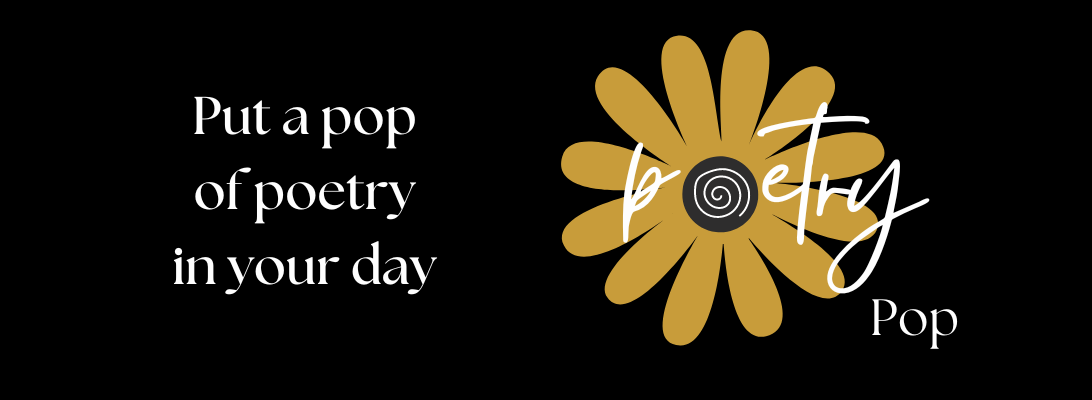
The How to Poem is known as a modern poetic form often used in classrooms. However, William Carlos Williams’s poem, Tract, (see the example below) could be considered a how-to poem.
The How-to poem form reminds me of a list poem but instead of listing items in a unique way, the poet walks the reader through a process, teaching them something new and entertaining them with playful or thought-provoking words in the process.
Here are the rules:
- Brainstorm a subject. You can guide your readers on how to find a husband, how to race a turtle, how to share an ice cream cone, how to clean up the ocean, how to survive cancer or you could be abstract with instructions on how to dissolve in the rain, how to eat the planets, or how to be a storm.
- Your poem can be fun, serious, helpful, or even misleading.
- Your poem can rhyme but it doesn’t have to.
- Write the poem in your choice of stanza. A good length for a how-to poem is at least two stanzas but no longer than six stanzas. It’s also fun to write a numbered how-to poem (i.e., How to catch a frog in six steps).
- Speak to the reader as if they do not understand the process. Pay attention to detail…remember the reader is learning from your instruction, if you skip a step, they will fail in their attempt to complete the task.
- Use creative language throughout and end with a bang (a conclusion, a thoughtful message, a twist, etc.)
Example #1 In his poem, TRACT, William Carlos Williams guides the townspeople on how to perform a funeral. Here are the first three verses:
TRACT I will teach you my townspeople how to perform a funeral for you have it over a troop of artists— unless one should scour the world— you have the ground sense necessary. See! the hearse leads. I begin with a design for a hearse. For Christ's sake not black— nor white either — and not polished! Let it be weathered—like a farm wagon— with gilt wheels (this could be applied fresh at small expense) or no wheels at all: a rough dray to drag over the ground. Knock the glass out! My God—glass, my townspeople! For what purpose? Is it for the dead to look out or for us to see the flowers or the lack of them— or what?...
Example #2 Here’s my attempt at a modern How-to-Poem. I went with rhyme and an abstract theme.



